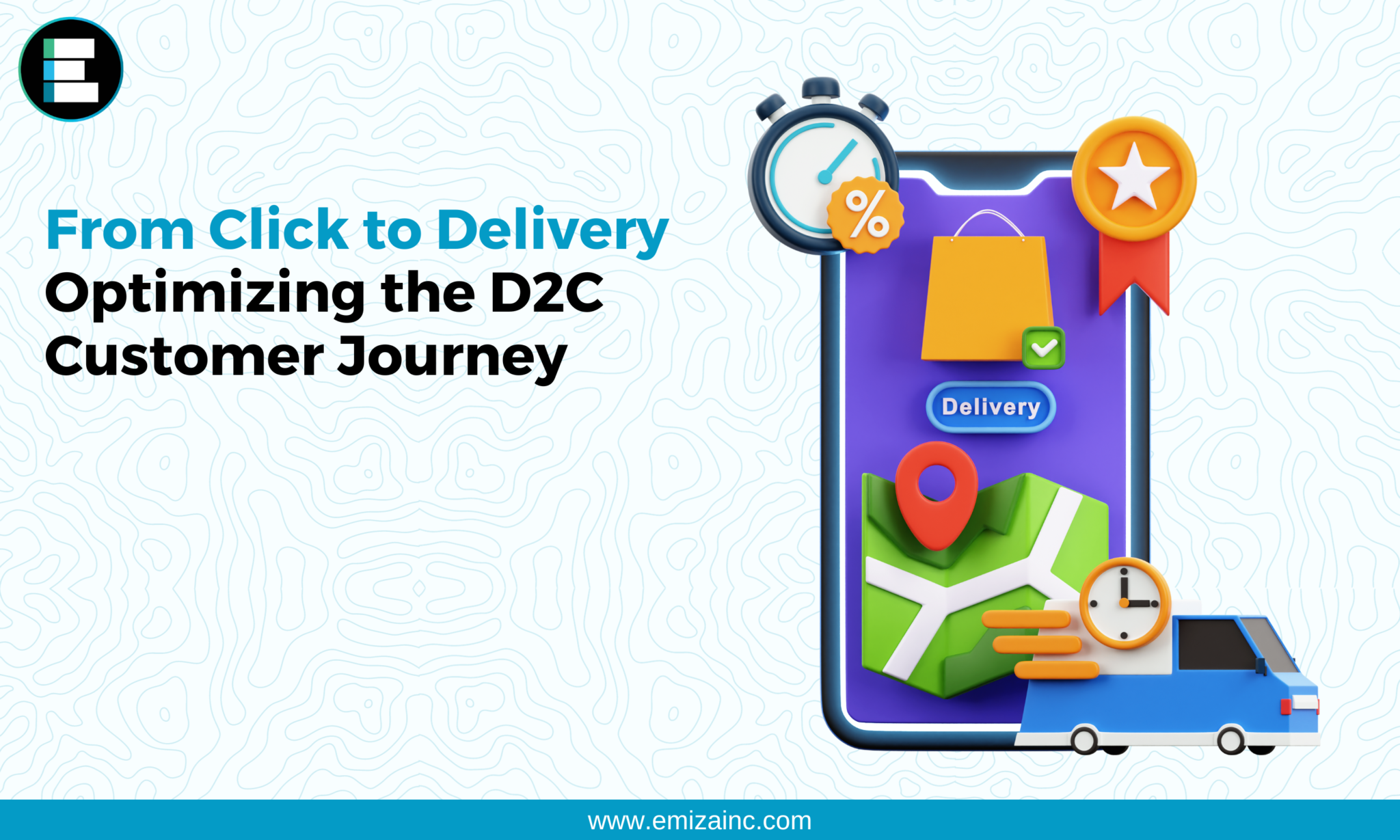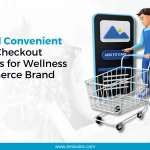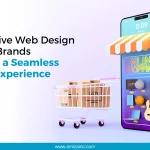The rise of Direct-to-Consumer (D2C) brands has been nothing short of revolutionary. These digitally native brands have carved out their place in the eCommerce realm, driven by a strong emphasis on customer experience and a direct connection to their audience. As D2C brands thrive, they must navigate the intricacies of the customer journey and delivery process to truly excel in the competitive market. In this article, we delve into the world of D2C customer journey optimization and explore the nuances of D2C delivery strategies.
Understanding the D2C Business Model
The D2C model does exactly what its name suggests – it enables brands to sell directly to consumers, bypassing traditional intermediaries in the retail chain. This approach empowers brands with unparalleled control over their supply chain, customer interactions, and brand experiences. Brands like H&M, Nike, and Lenovo are just a few examples of successful D2C companies that have harnessed this model to their advantage.
The key to a D2C brand’s success lies in its fulfilment and shipping strategy. Rapid order fulfilment and seamless delivery are pivotal factors that influence customer purchasing decisions. Let’s explore the various facets of D2C shipping and fulfilment strategies.
Fulfilment and Shipping Strategies: A Dual Approach
D2C brands have two primary options for handling fulfilment and shipping: in-house fulfilment and 3PL-led fulfilment.
- In-House Fulfilment
In the early stages, D2C brands often handle order fulfilment in-house. This involves managing inventory, order processing, and packing within their own facilities. They might utilise their own transport agents or collaborate with carrier companies like FedEx or UPS for shipping. The emergence of crowdsourced delivery platforms like Doordash and Uber has allowed startups to kickstart their last-mile logistics efficiently.
- 3PL-Led Fulfilment
As D2C brands scale, the need for more efficient and scalable fulfilment becomes apparent. Many brands turn to third-party logistics providers (3PLs) or platforms like Amazon’s Fulfilment by Amazon (FBA). Consider Emiza’s fulfilment centre, boasting 300,000 cubic feet of space, capable of processing 15,000+ daily orders and expandable up to 5 times as required. They revolutionize businesses, delivering a comprehensive service range that delights customers.
The D2C Shipping Process Unveiled
Successful D2C shipping involves a sequence of well-coordinated steps that ensure timely delivery and customer satisfaction. Let’s break down the stages of the D2C shipping process:
- Order Creation: Customers initiate the process by placing orders through the brand’s online platform. This involves selecting items, providing delivery details, and confirming payment.
- Order Processing and Manifestation: Once orders are received, they undergo processing, which includes picking, packing, and generating shipping labels. The chosen carrier is then assigned for delivery.
- Picking and Packing: Inventory is retrieved from storage and carefully packaged, often in branded boxes, ensuring the product’s safe journey.
- Order Dispatch and Last-Mile Delivery: The shipment is handed over to the carrier, initiating the delivery process. Customers receive tracking notifications to monitor their order’s progress.
- Returns and Exchanges: D2C brands excel in seamless returns and exchanges, offering prepaid labels and streamlined processing for enhanced customer contentment. Solutions like Unify streamline Non-Delivery Reports (NDR), Return-to-Origin (RTO) procedures, and overall return management.
Elevating D2C Shipping with Customer-Centric Strategies
To stand out in the crowded eCommerce landscape, D2C brands must leverage strategic shipping methods that align with customer expectations:
- On-Demand Delivery: Offers high responsiveness and quick delivery, often through partnerships with local carriers or crowdsourced platforms.
- Same-Day Delivery: Ensures parcels reach customers on the day of purchase, requiring meticulous logistics and collaboration with established carriers.
- Two-Day Delivery: A premium option that provides an Amazon-like experience, encouraging brand loyalty through subscription models.
- Standard Delivery: An economical option that strikes a balance between shipping costs and customer expectations, often coupled with free shipping.
- Hyperlocal Delivery: Ideal for fulfilling local demands promptly, achieved by partnering with hyperlocal delivery services.
- EDD (Estimated Delivery Date): Visibility is essential for D2C brands to enhance transparency, reduce delivery-related anxiety, and improve the overall customer experience by providing customers with clear expectations regarding their order delivery times.
Scaling D2C Shipping for Sustainable Growth
As D2C brands expand, scaling their shipping operations becomes essential. Here are strategies to achieve sustainable growth:
- Multi-Carrier Shipping: Integrating with multiple carriers optimises delivery options, ensuring flexibility and competitive rates.
- Proactive Order Tracking: Offering real-time tracking and notifications enhances the post-purchase experience, boosting customer satisfaction.
- Dark Stores and On-Demand Warehousing: Leveraging click-and-collect facilities and on-demand warehousing facilitates faster shipping and order fulfilment.
- 3PL Partnerships: Collaborating with 3PLs allows for efficient scaling, negotiated carrier rates, and enhanced fulfilment capabilities.
- Sustainable Practices: Embracing eco-friendly shipping practices aligns with customer values and demonstrates corporate responsibility.
- Automation: Utilising AI, machine learning, and robotics streamlines shipping workflows, reducing errors, and enhancing efficiency.
- Loyalty Programs: Offering free shipping and loyalty rewards promotes customer retention and repeat business.
- Flat Rate Shipping: Implementing flat rate shipping for specific product categories reduces shipping costs and simplifies pricing.
Conclusion: Delivering Excellence in the D2C Journey
In the ever-evolving world of eCommerce, mastering the D2C customer journey is a dynamic endeavour. Effective shipping and delivery strategies play a pivotal role in creating memorable customer experiences. By understanding the nuances of D2C fulfilment, leveraging innovative shipping methods, and embracing scalability, brands can stand out, gain customer loyalty, and thrive in a competitive landscape. The journey from click to delivery isn’t just a transaction; it’s an opportunity to forge lasting connections and drive business success.



